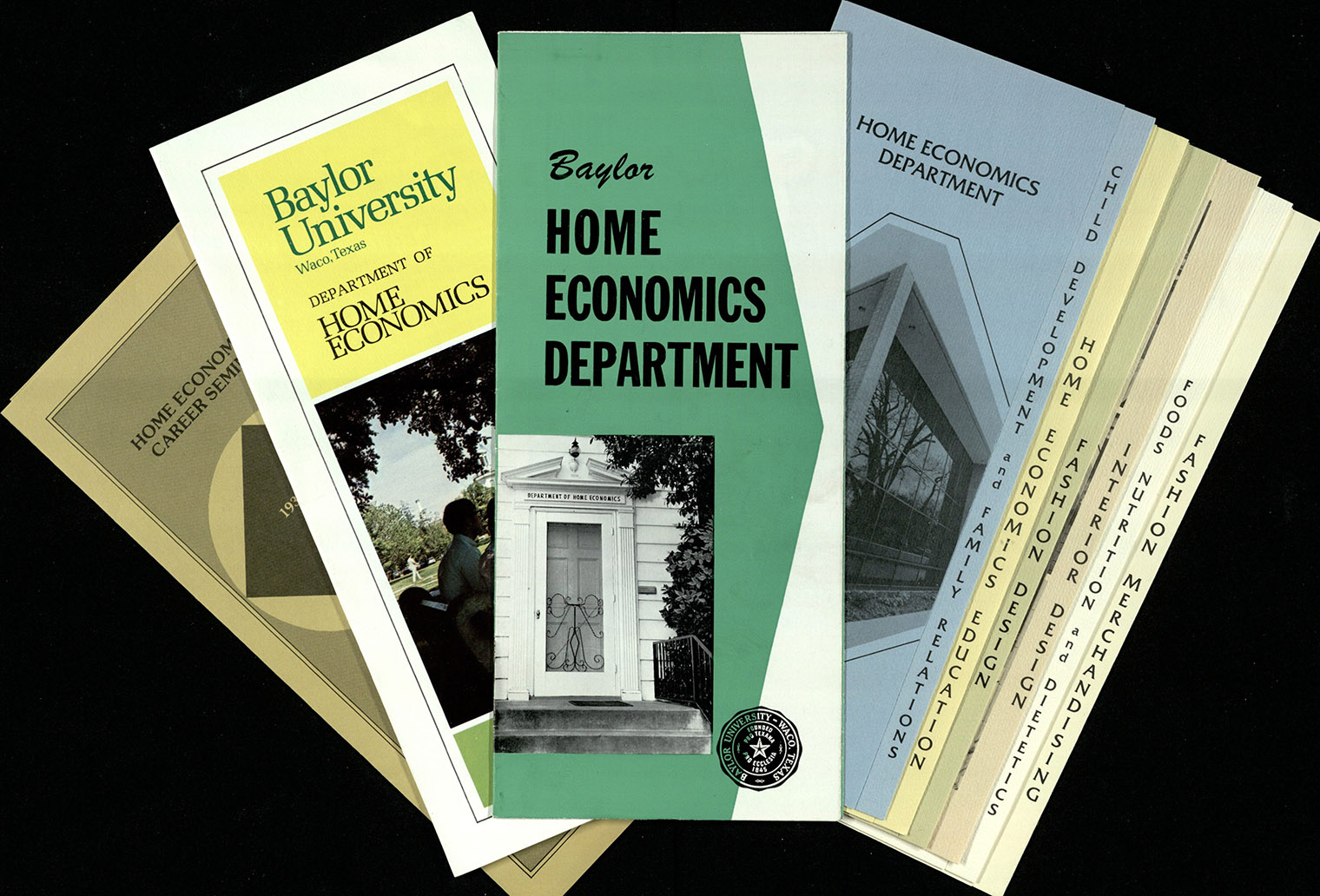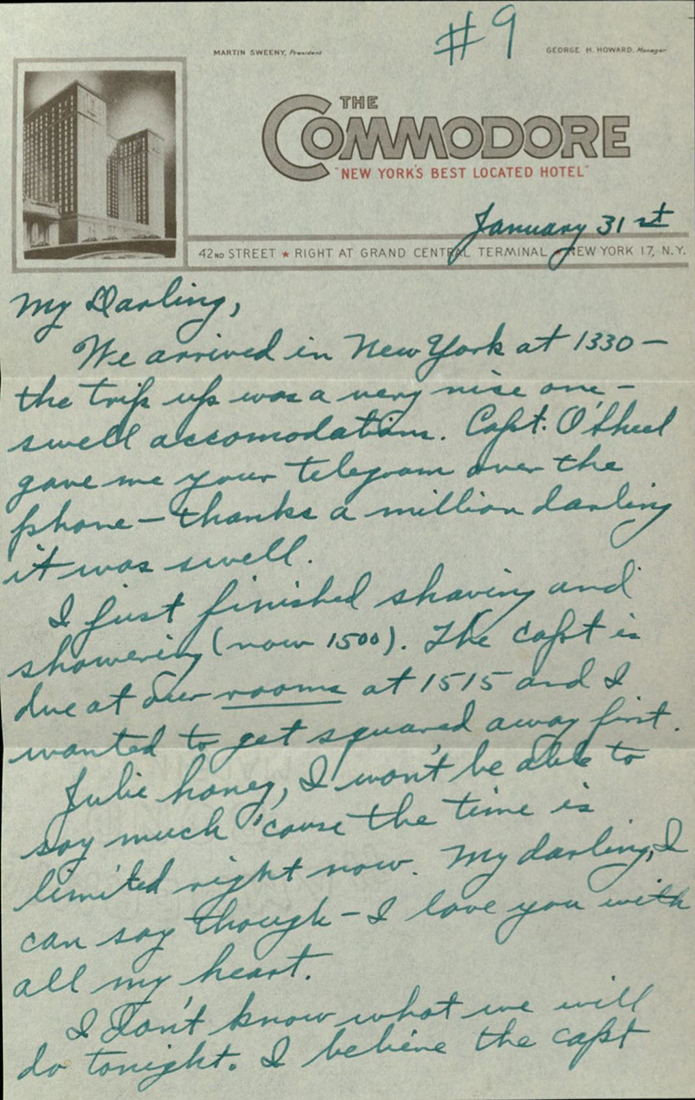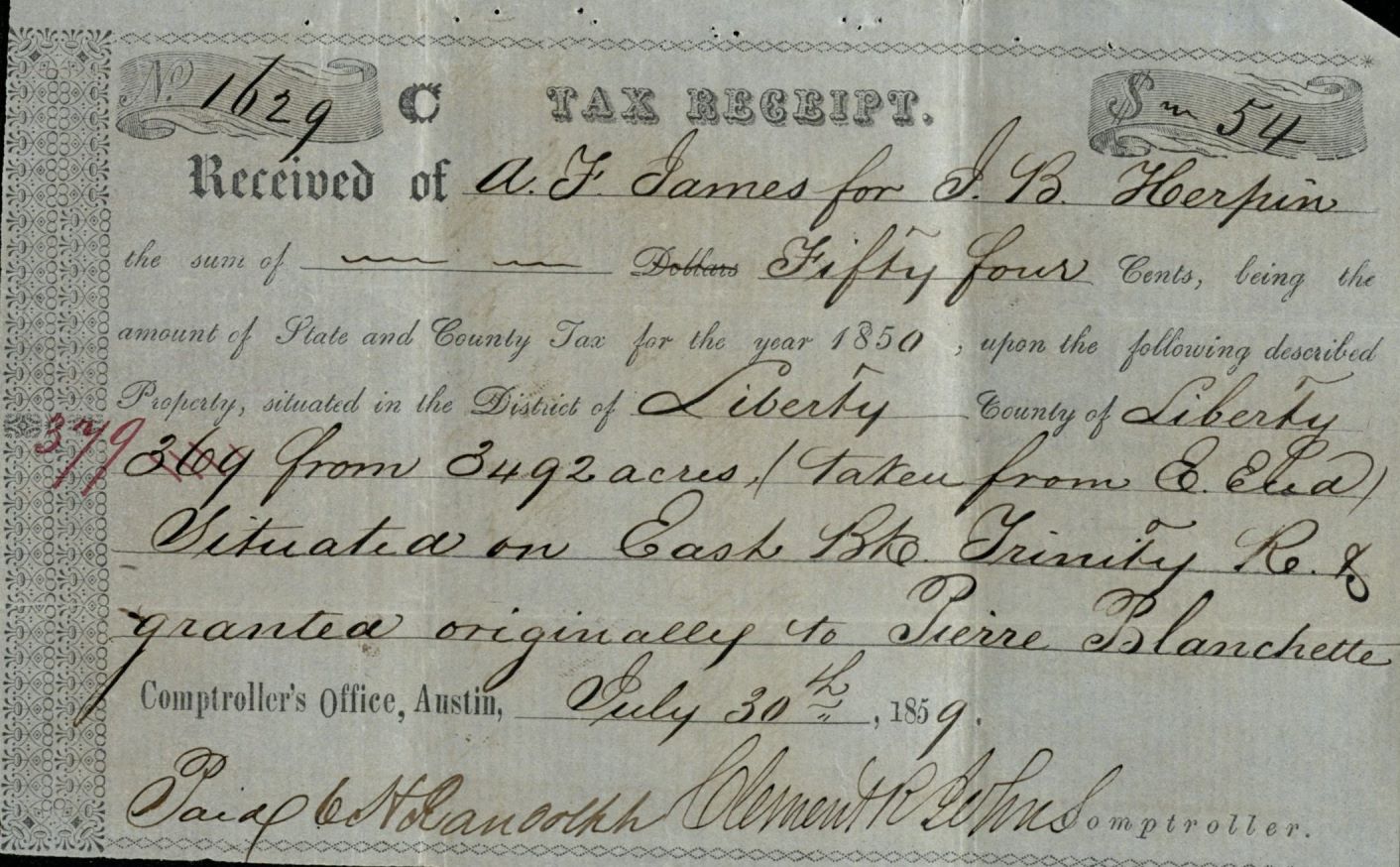by Thomas DeShong, Project Archivist
World War II witnessed the rise of the United States as a global superpower and the establishment of a new world order. Historians, amateur and professional alike, devote their entire lives to studying the complexities and intricate details of “The Good War” including its battles, politicians, military commanders, causes, effects, etc.

While seeking to comprehend the broader historical and social implications of World War II, we sometimes forget how these events impacted the life of an individual. Activities that we might take for granted, such as teaching and learning in a peaceful collegiate setting, were dramatically altered in a nation at war. Over the past few months, I have processed two small but fascinating collections concerning Baylor University during World War II. As a result, I have come to appreciate the sacrifices made by some of Baylor’s faculty and students during that time.
Merle Mears McClellan was one such remarkable faculty member. Merle had earned a double major in history and science from the University of Texas in 1917 and had taught for years in the Gatesville area. Following the death of her husband William, she earned her Master’s degree in 1941 at Baylor University where she taught various history courses over the next few years. In addition to her teaching responsibilities, Baylor University President Pat Neff appointed Merle as the university’s Armed Services Representative in the spring of 1943. In this role, she acted as a liaison between the university and the military.
Reflecting on her experiences, Merle was one of the few women who had been appointed to such a task. In explaining why Neff had chosen her, she wrote, “He said, ‘You are a mother of one son in the Pacific. Your normal reaction would be to send everyone to help him fight. So if you say a boy is entitled to exemption no one on the McLennan Co. Draft Board will question your decision. Furthermore, I know you and I know the Baylor boys will get everything to which they are entitled.” Continue Reading

![Cunningham, Eugene. Famous in the West. El Paso, TX: Hicks-Hayward Co., [1926]. Print.](https://farm5.staticflickr.com/4737/27679186229_438e5ec3a1_o.jpg)
![College, Belton: For Women. [Belton, TX?]: [publisher not identified], [between 1925 and 1929?]. Print.](https://farm5.staticflickr.com/4735/38748265324_f4cffd98a7_o.jpg)
![Waco 52 Playing Cards. [Waco, TX]: [publisher not identified], [2017]. Print.](https://farm5.staticflickr.com/4646/39426131812_df48b1b35b_o.jpg)

![Harding, Glenn T. Rails to the Rio. [Raymondville, TX]: [Glenn Harding], [2003]. Print.](https://farm5.staticflickr.com/4554/37945624935_fc6272a6ef_o.jpg)
![Collias, Joe G. The Texas & Pacific Railway: Super-Power to Streamliners, 1925-1975. Crestwood, MO: M M Books, [1989]. Print.](https://farm5.staticflickr.com/4527/37945625075_147a4a9c1c_o.jpg)










